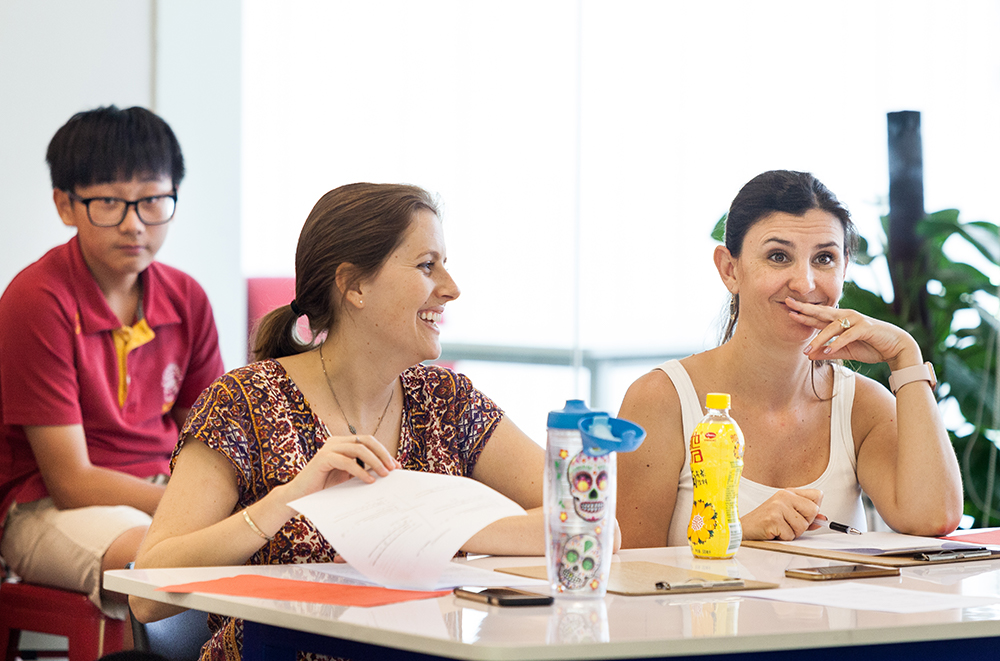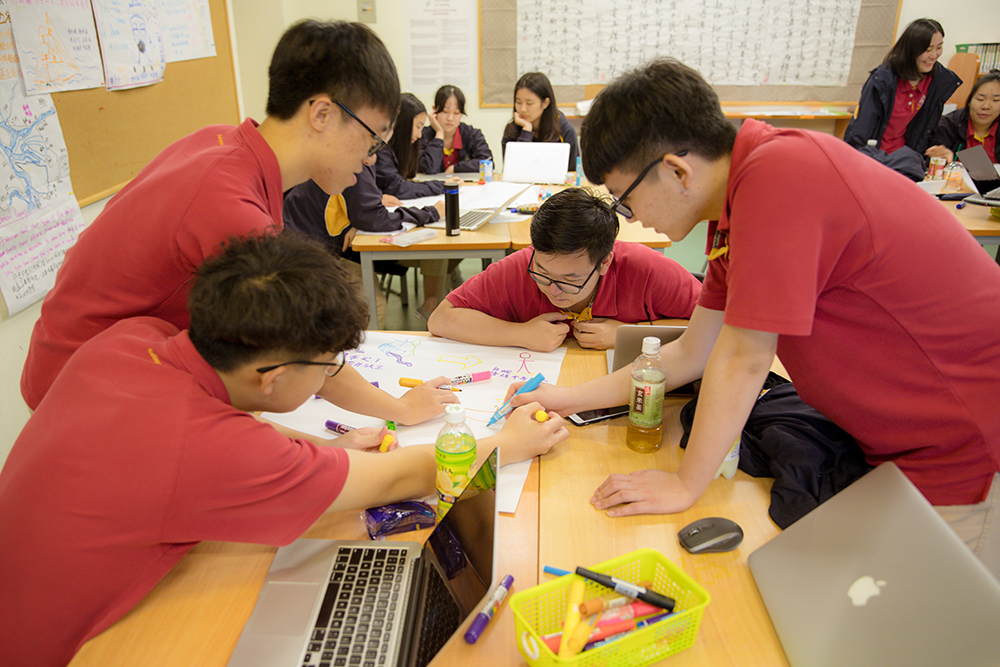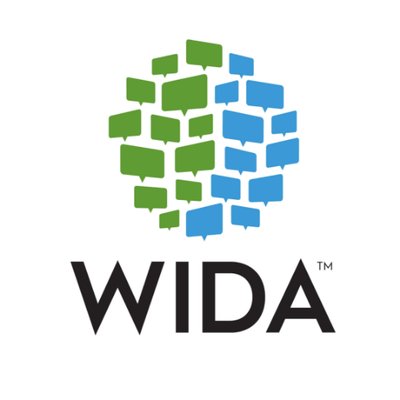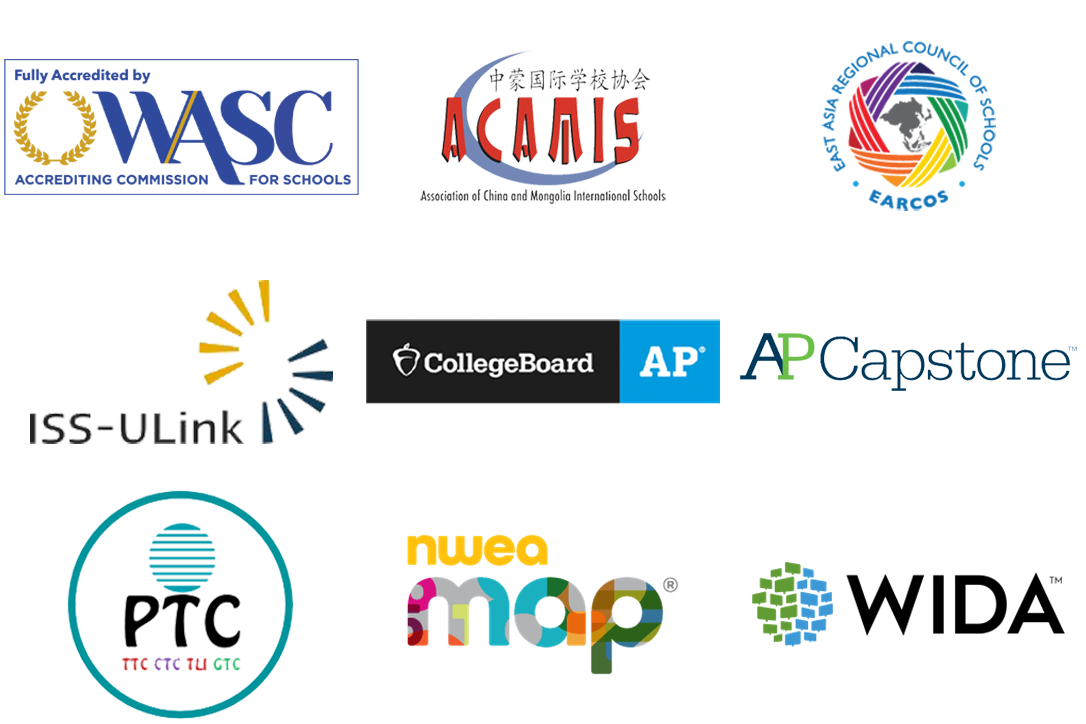English Immersion
An Innovative Model With a Foundation from Stanford
Our English immersion model is based on Stanford Graduate School of Education's Principles for English Language Learner Instruction. These research-based principles guide our teachers, teaching assistants, specialists, and administration in delivering an education that produces students who are bilingual and academically - not just socially - proficient in English.
1
Instruction focuses on providing ELLs with opportunities to engage in discipline-specific practices which are designed to build conceptual understanding and language competence in tandem.
3
Standards-aligned instruction for ELLs is rigorous, grade-level appropriate, and provides deliberate and appropriate scaffolds.
5
Instruction fosters ELLs’ autonomy by equipping them with the strategies necessary to comprehend and use language in a variety of academic settings.
2
Instruction leverages ELLs’ home language(s), cultural assets, and prior knowledge.
4
Instruction moves ELLs forward by taking into account their English proficiency level(s) and prior schooling experiences.
6
Diagnostic tools and formative assessment practices are employed to measure students’ content knowledge, academic language competence, and participation in disciplinary practices.
1
Instruction focuses on providing ELLs with opportunities to engage in discipline-specific practices which are designed to build conceptual understanding and language competence in tandem.
2
Instruction leverages ELLs’ home language(s), cultural assets, and prior knowledge.
3
Standards-aligned instruction for ELLs is rigorous, grade-level appropriate, and provides deliberate and appropriate scaffolds.
4
Instruction moves ELLs forward by taking into account their English proficiency level(s) and prior schooling experiences.
5
Instruction fosters ELLs’ autonomy by equipping them with the strategies necessary to comprehend and use language in a variety of academic settings.
6
Diagnostic tools and formative assessment practices are employed to measure students’ content knowledge, academic language competence, and participation in disciplinary practices.

Co-Teaching and Collaboration
Traditional schools have been described as "independent kingdoms with a common parking lot" where teachers teach in isolation from each other. We believe that students learn best when teachers collaborate deeply across all domains of teaching, from planning to assessment to the sharing and analysis of student results. At NCPA, content teachers co-plan lessons with each other and with an EAL teacher who is equally responsible for the classroom. It's not uncommon to see three or four adults in a room for a lesson to provide the support to ensure student success in our immersion environment.

Meaningful Student Interaction
Meaningful student interaction forms the cornerstone of our approach. We believe that students acquire language through authentic exchanges with others - their peers, their teachers, and the many native English speakers they meet through school trips in a variety of athletic, academic and cultural domains. That's why our teaching model, rather than being the "sit and get" of traditional Chinese public school, is centered around a gradual release of responsibility embodied by "I do, we do, you do" as well as a focus on language production - writing and speaking - in the classroom.
A focus on academic English language for true content literacy.

We're a member of the WIDA International School Consortium. We use the WIDA test to help us measure student progress in English proficiency, to communicate student progress with parents, and to plan academic instruction.
0
EAL teachers serve our students - far more than at other schools of similar size.
Teaching Strategy Showcase #EALdonewell
We use a counterbalanced approach to immersion, combining intentional and direct language instruction with practice embedded in the content standards.
Professional Learning Communities, a collaborative model for teacher work, is at the core of our mission to empower students. The way our content and EAL teachers work together to co-teach forms an important part of our PLC model.
The Socratic seminar teaching strategy embodies how meaningful student interaction is at the core of what we do.
Creativity is one of the ways that our students achieve, and freewriting is one strategy that helps students attain that creativity in the English language arts.
The use of graphic organizers is one example of the intentional strategies we use to meet the needs of English language learners.



